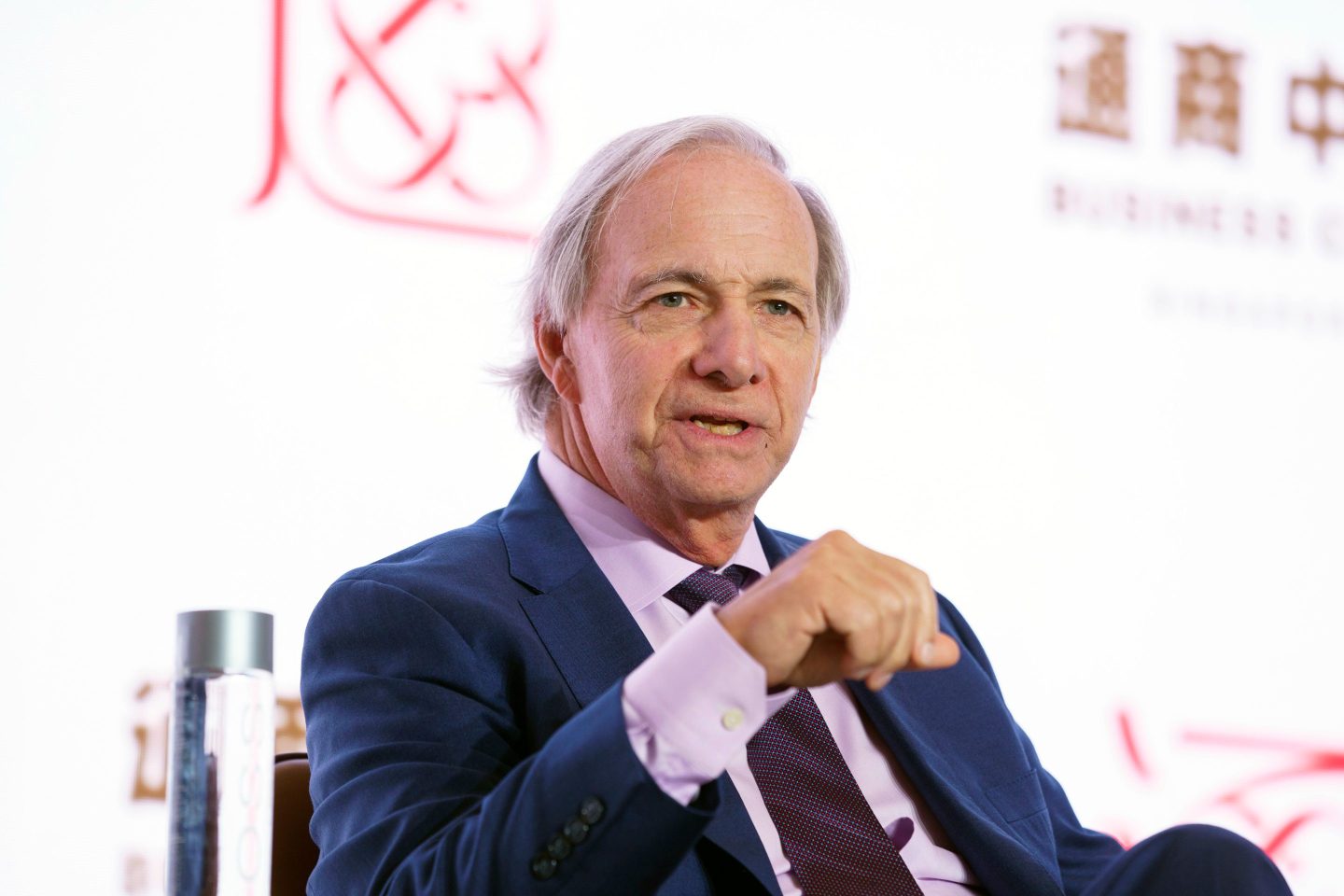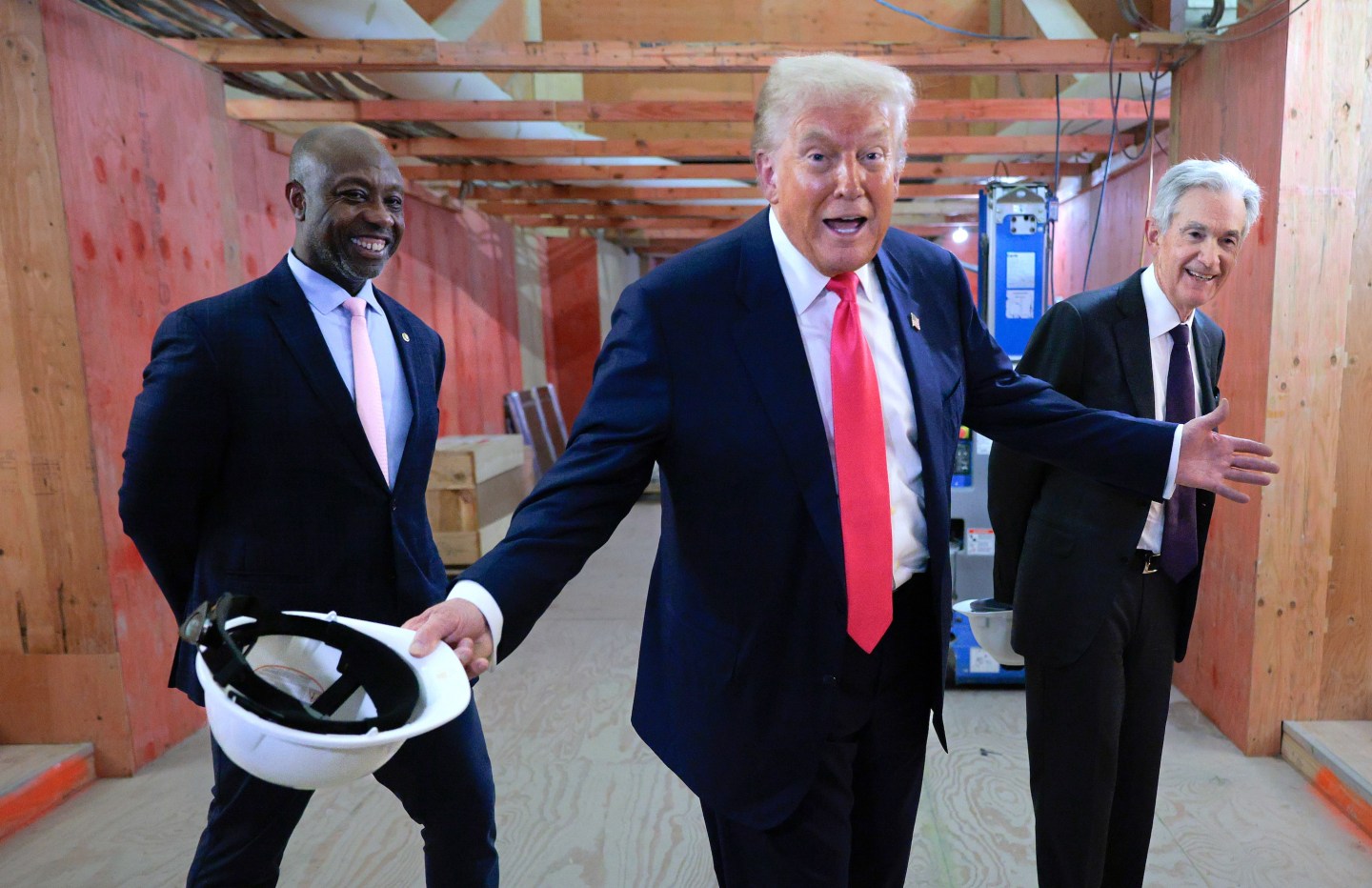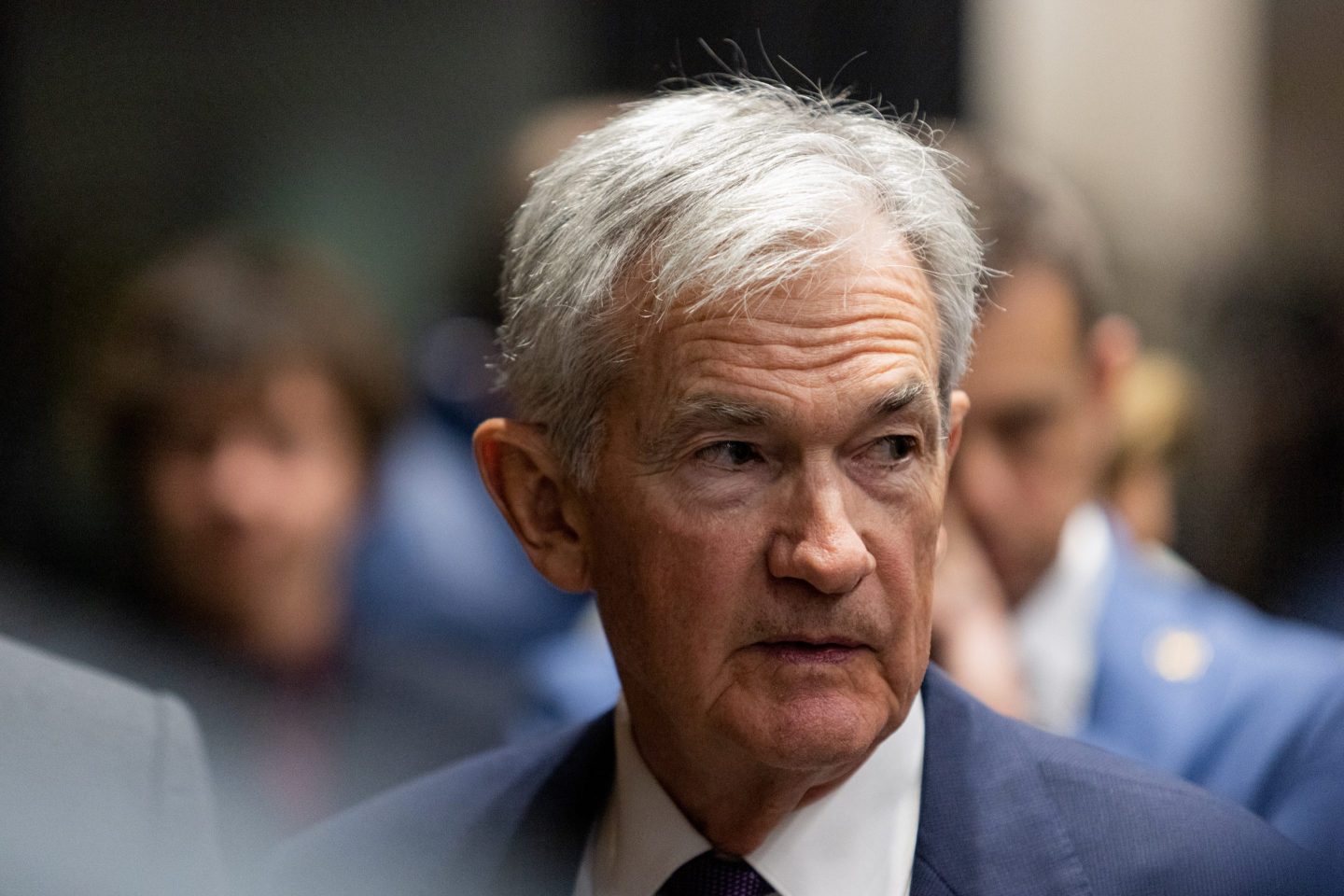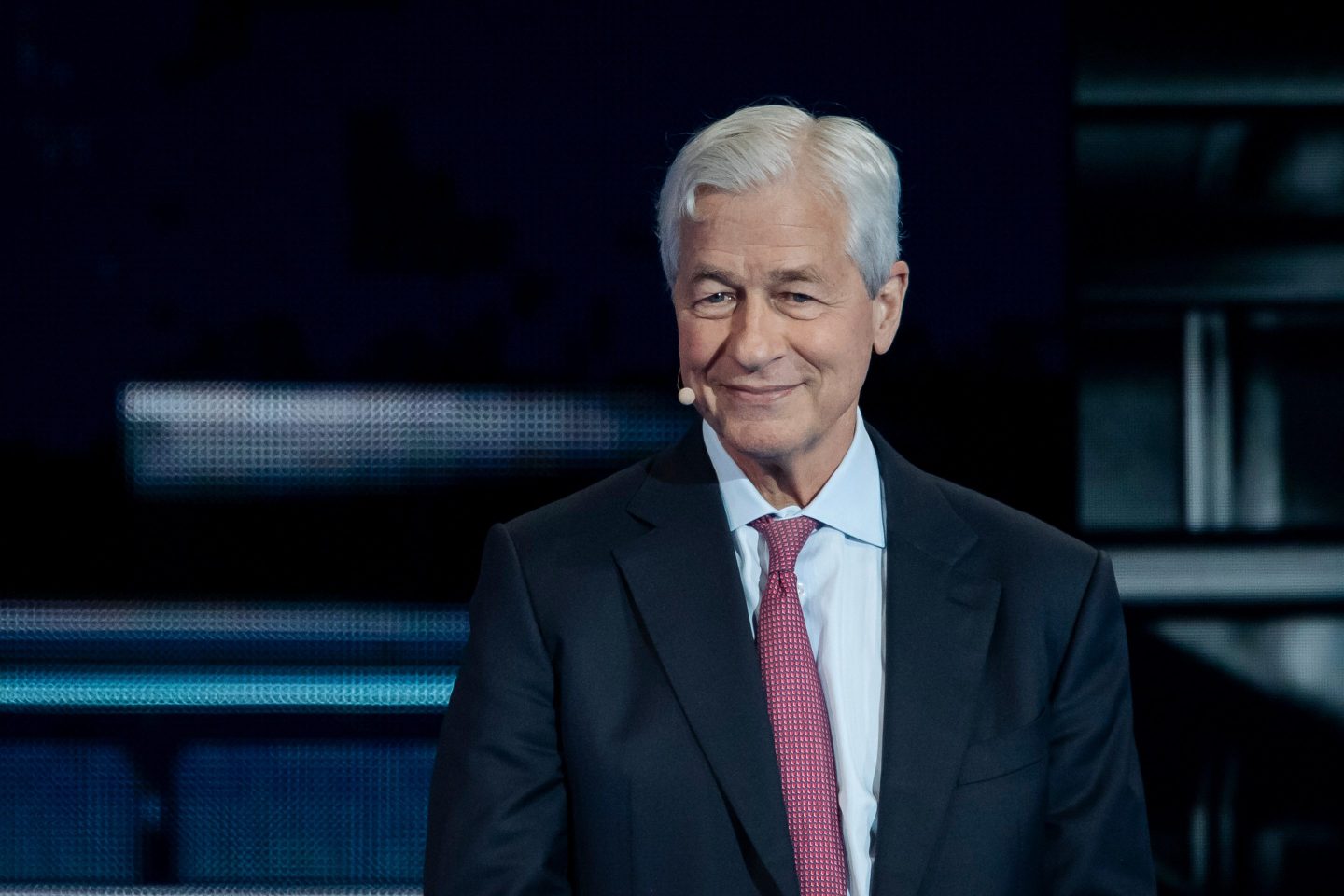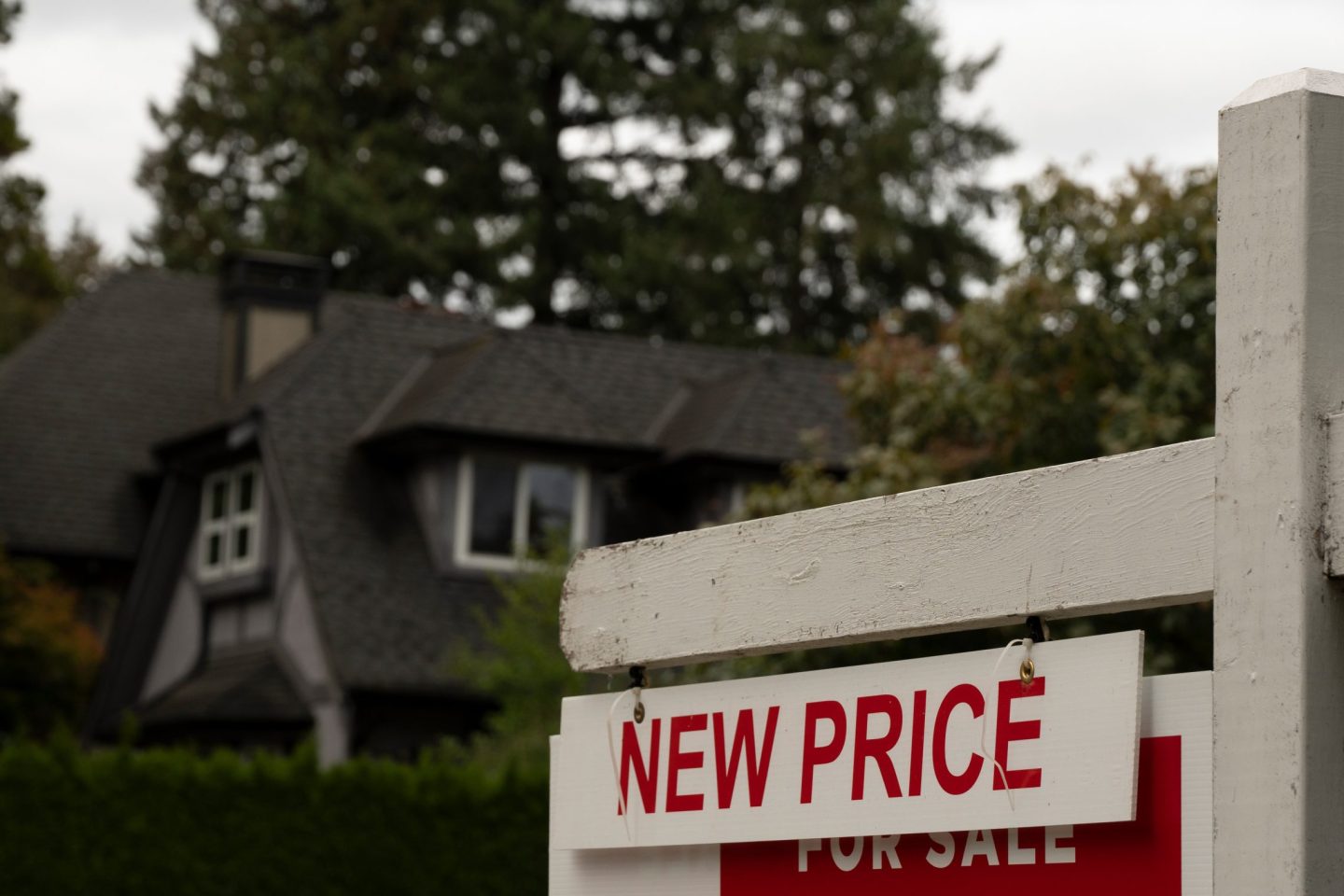- Ray Dalio urged investors to allocate around 15%of their portfolios to gold, calling it a strong hedge against credit-dependent assets and a key protector of real returns. Speaking at the Greenwich Economic Forum, the Bridgewater Associates founder said the metal’s surge reflects a global shift away from debt assets and fiat currencies, reminiscent of the 1970s. It comes after Citadel CEO Ken Griffin warned gold’s rally signals investor unease with U.S. sovereign risk and growing efforts to “de-dollarize.” Dalio linked the trend to rising global debt levels—especially America’s $37.8 trillion burden—arguing that central banks’ increasing gold reserves highlight an ongoing “change in the monetary order.”
Usually investors look to buy the dip—and when it comes to gold, even the most minor of drops are few and far between. Yet as the asset spun to new record highs this week, Ray Dalio’s advice to speculators was to invest a substantial portion of their portfolio to the precious metal.
Gold is traditionally seen as something of a safe harbor for investors: It is not tied to any one currency or nation, and has steadily increased in price over time. While it may not provide the mammoth returns of the equity markets or currency alternatives, its lower-risk status has earned it a corner in many investment portfolios.
As its price has rocketed this year—surging past $4,000 per troy ounce overnight—financial institutions have encouraged clients to consider their holdings. UBS chief investment officer, Mark Haefele, wrote last month that the bank maintained an “attractive view on gold” and recommended a mid-single-digit percentage allocation.
Dalio puts the weighting far higher than that, telling the Greenwich Economic Forum that allocations should be 15% of a portfolio.
“When you’re … doing your asset allocation, what is going to protect your real after-tax returns? So you do create that optimal mix—gold is a very excellent diversifier of the portfolio,” Dalio told his audience. “So if you were to look just from the strategic asset allocation mix perspective, you would probably have something like—as the optimal mix—something like 15% of your portfolio in gold because … it is the one asset that does very well when the typical parts of your portfolio go down, because the typical parts of your portfolio are so credit dependent.”
Dalio’s stance is precisely the notion which Citadel CEO Ken Griffin described as “concerning” this week. Speaking during a Citadel Securities conference, the hedge fund titan warned the spike in gold prices was a clear signal that investors are moving risk out of the U.S.
He explained: “So we’re seeing substantial asset inflation away from the dollar as people are looking for ways to effectively de-dollarize or de-risk their portfolios vis-à-vis U.S. sovereign risk,” Griffin explained. “That’s what’s really concerning to me.”
Additionally, foreign investors are hedging the returns from their U.S. equities in their own currency, added Griffin, a “bifurcation of: ‘I’m going to bet on American business, but I wanna immunize some of my sovereign exposure to the United States.’”
This is precisely Dalio’s argument for investors, he said, arguing he would favor a tilt toward gold “more than what would be a normal allocation risk” because he doesn’t like debt assets: government debt but also credit or private credit.
A return to the 1970s
Dalio said this flight to gold—not only by individual investors but also by central banks—is reminiscent of the 1970s when the economy experienced “changes in the monetary order.”
This reshuffling of currency power boils down to an issue Dalio has raised the alarm on many times: national debt.
Economists around the world are concerned about the various debt levels of advanced nations. While France and the U.K. are raising eyebrows, America’s fiscal trajectory is garnering the most attention given the potential global fallout if investors begin to back out of buying U.S. debt, a.k.a. bonds.
At present, U.S. debt stands at $37.8 trillion, with a debt-to-GDP ratio of 125%. It is this latter figure that has economists concerned; they worry that the ratio will one day fall so far out of balance that the buyers of debt either demand even higher interest, or refuse to buy the debt entirely. Either way, the U.S. would be left with paying out even higher rates to service their debt, or will have to radically cut back spending to balance its books.
With this context in mind, Dalio said gold is looking all the more attractive on a global scale: “You’re seeing a dynamic of why countries are letting their reserves or their assets in bonds and so on go down, and they’re acquiring—and have been acquiring—gold, for example. Gold is a currency. We think of currencies of being fiat currency, the major fiat currency, but gold is a currency.
“It’s the second-largest reserve currency, and so you’re seeing changes in the monetary order that are reflecting those things, somewhat like what happened in the early ’70s.”
